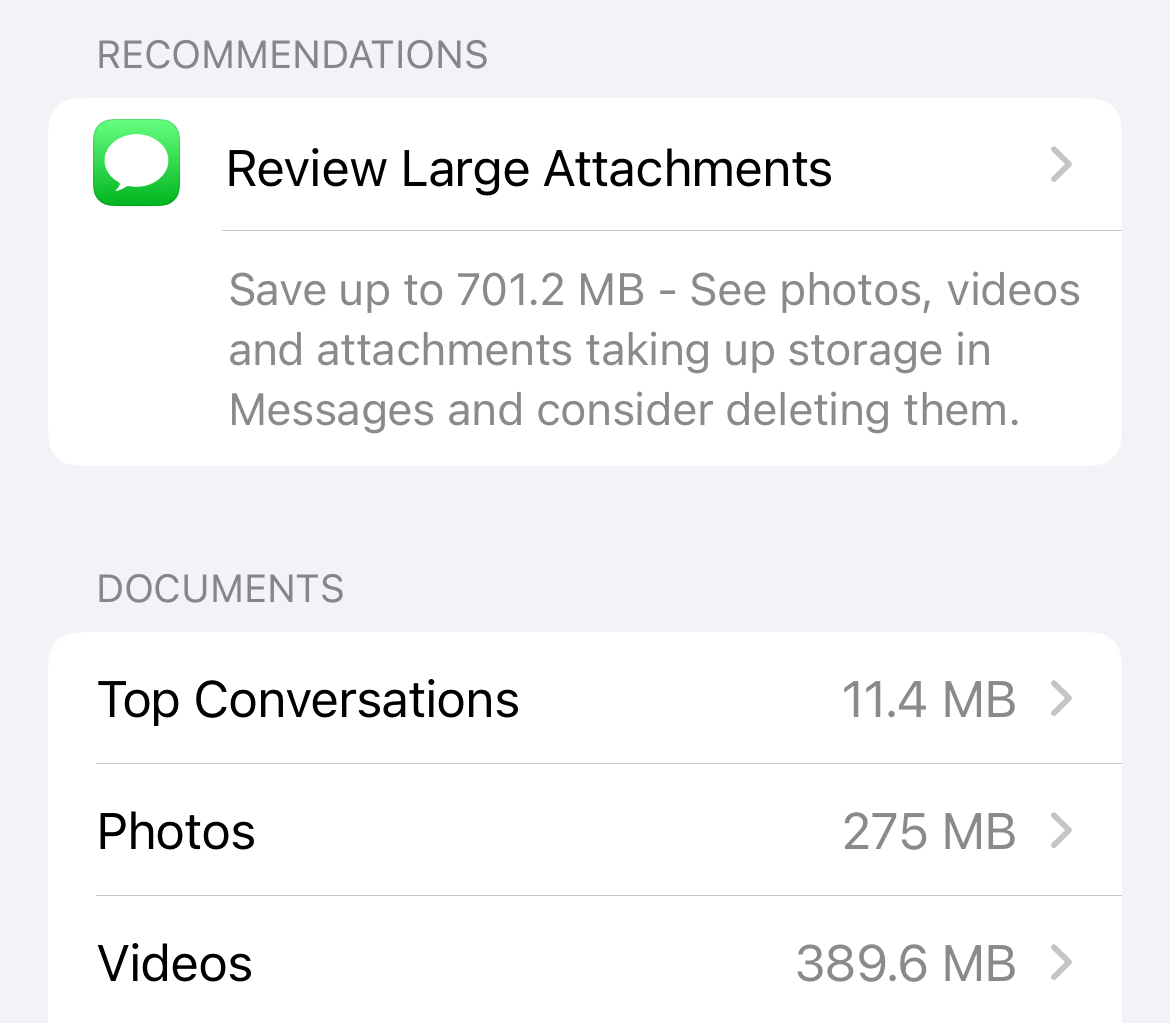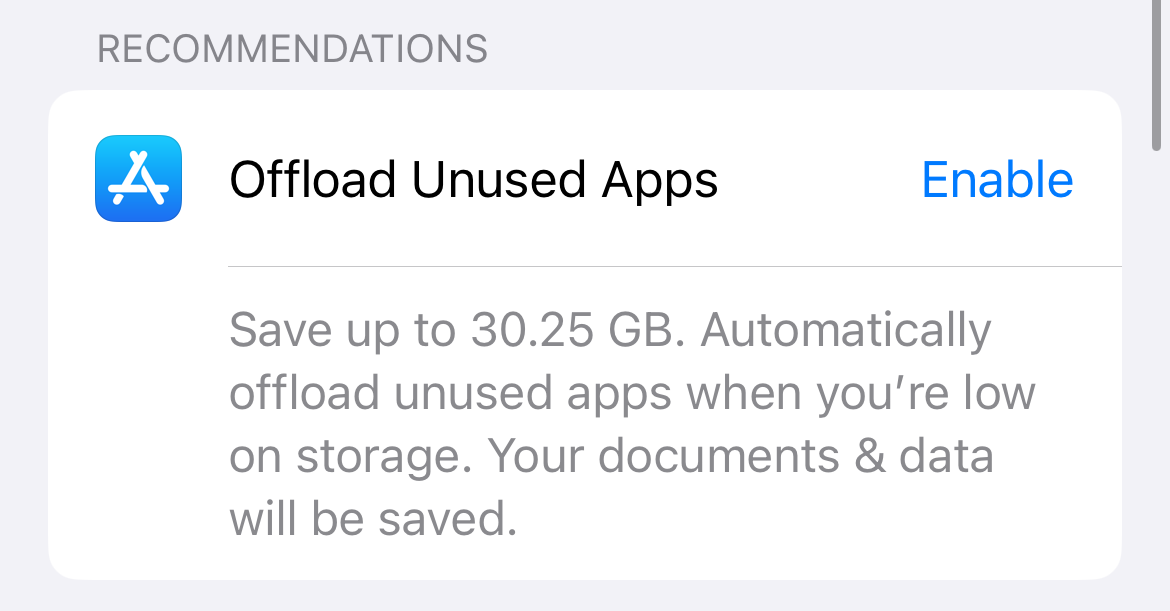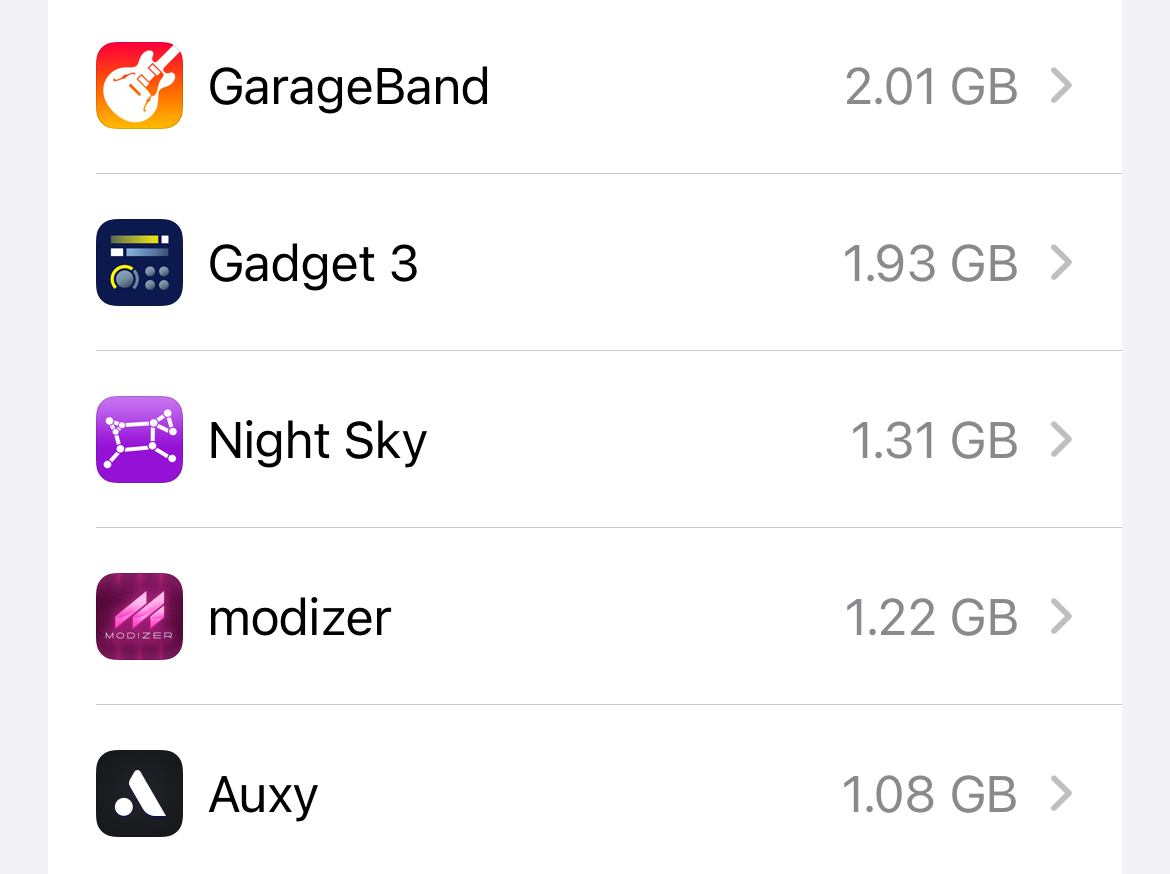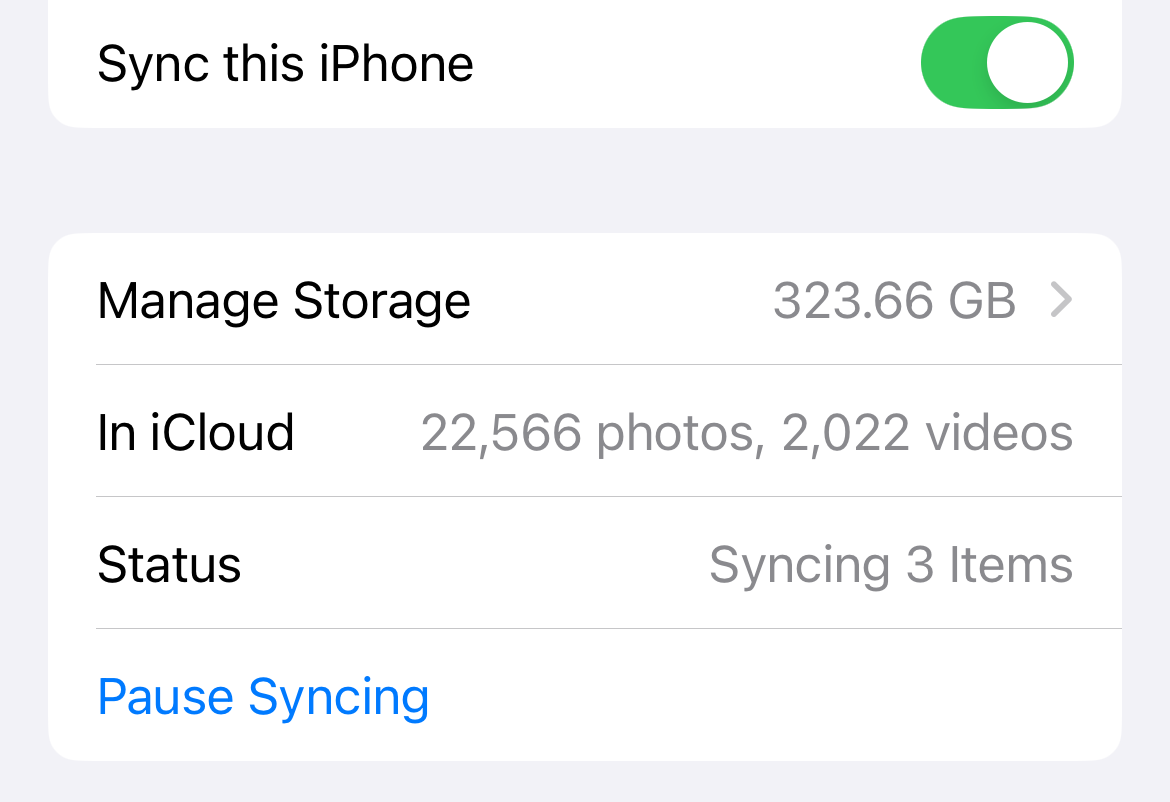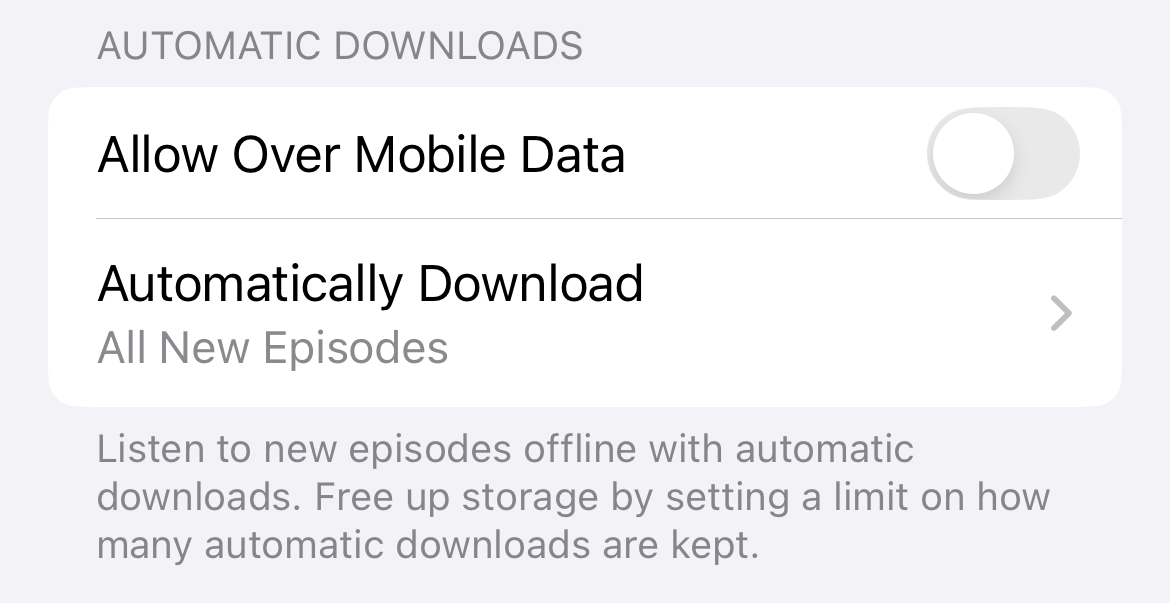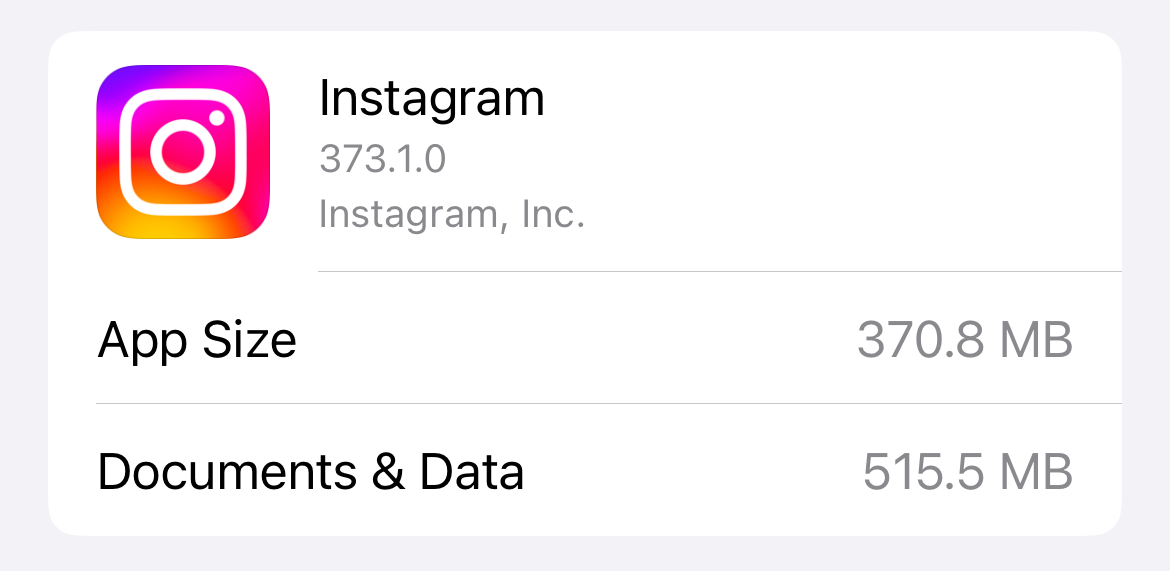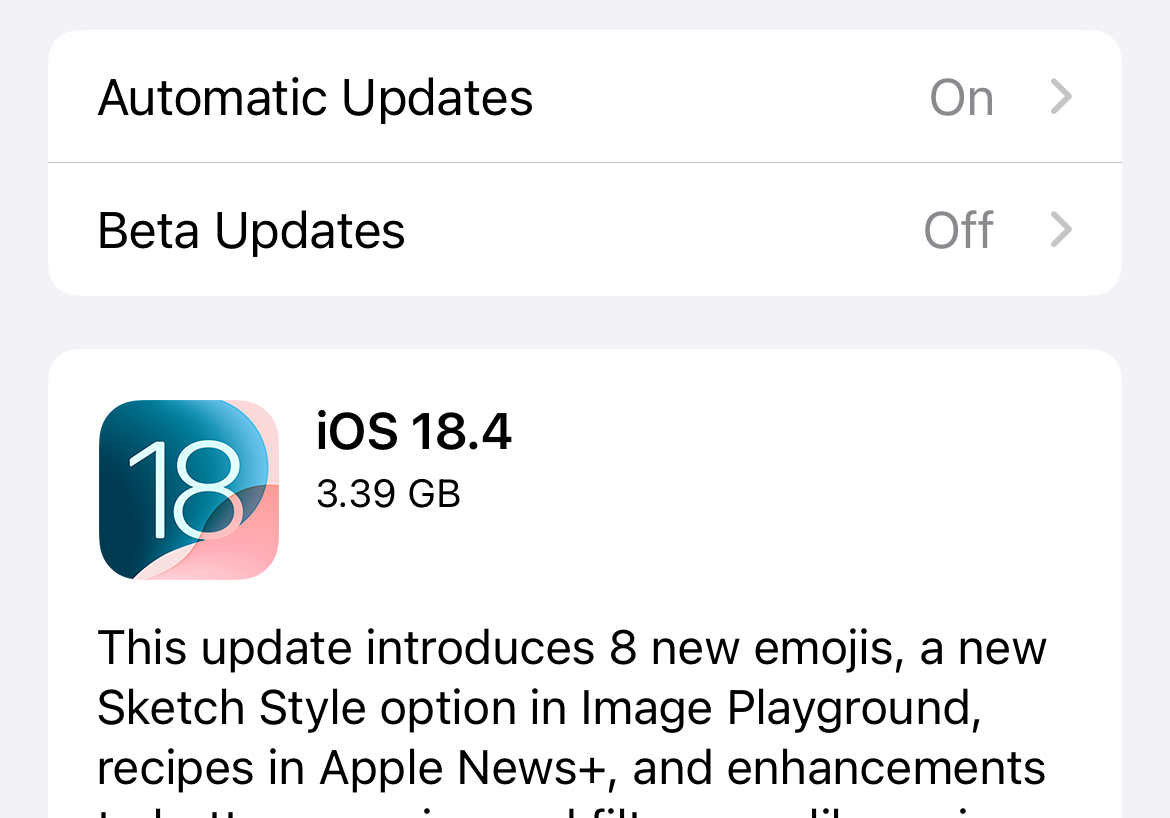Are you tired of seeing low storage warnings on your iPhone? Maybe you’re just dreading the day you have to take matters into your own hands and start purging items.
Freeing up storage space on your iPhone doesn’t need to be a complex procedure since the majority of space is likely being occupied by a few things. You can take some steps to mitigate this, like offloading as much as possible to iCloud. Here’s how.
6
Messages
Your iPhone saves every message you receive until you delete them. These are mostly just text, which takes up a tiny amount of space (and isn’t worth worrying about). But your iPhone also keeps pretty much every attachment you receive or send, except for voice messages that expire within a few minutes.
Head to Settings > General > iPhone Storage to see how much space is being occupied. Messages will appear in the chart at the top of the page as a green bar, but you can get a better idea by scrolling down and seeing the size listed alongside the Messages app.
While the space occupied might be a drop in the ocean compared to how many apps you have installed or the size of your Photos library, it’s still space that can be recovered. Tap on “Messages” in the iPhone Storage menu and then use the “Review Large Attachments” option or tap on the various categories at the bottom of the page to get more information.
You can likely recover a lot of space by just deleting the largest attachments. As long as you have Messages enabled in iCloud and enough space available, you won’t actually be deleting these for good either. Deleting items in this menu only removes them from your device, not iCloud.
If you haven’t enabled Messages in iCloud, head to Settings > Your Name > iCloud and tap on “Saved to iCloud” and then make sure “Messages in iCloud” is enabled. Now wait for everything to sync before deleting things (you can check the “Status” box to see your progress).
5
Unused Apps and Games
If you’re already offloading as much as possible to iCloud, it’s likely that downloaded apps are occupying more space than anything else on your iPhone. There’s no magic cloud switch that can solve this since native apps must be stored locally in order to function.
It can be easy to forget what you’ve downloaded, especially since Apple introduced the App Library. Apps no longer occupy space on your home screen, which is a good thing. The side effect is that it’s now easier than ever to leave apps and games on your iPhone that you never use.
If you’re looking for a quick fix, you can use “Offload Unused Apps” under Settings > General > iPhone Storage to let your iPhone decide where to recover space. Unused apps will be sacrificed, though app data (your personal files) will be retained. The app will essentially exist as an App Store shortcut (as signified by a small cloud icon next to it) until you want to use it, at which point it will need to be downloaded again.
Alternatively, you can take a look at the list at the bottom of this menu. Apps will be listed by size, so you can see the largest at the top and start removing what you no longer need (by swiping left). Another trick is to tap the “Size” button and sort by “Last Used Date” instead to find apps that you essentially never use and might be better off without.
Lastly, if you just want to blitz a particular category, like games, you can always use the App Library (by swiping left on your home screen until you see the list of categories). I found a few Apple Arcade games still installed, under the Arcade category, despite not having an active subscription at the moment.
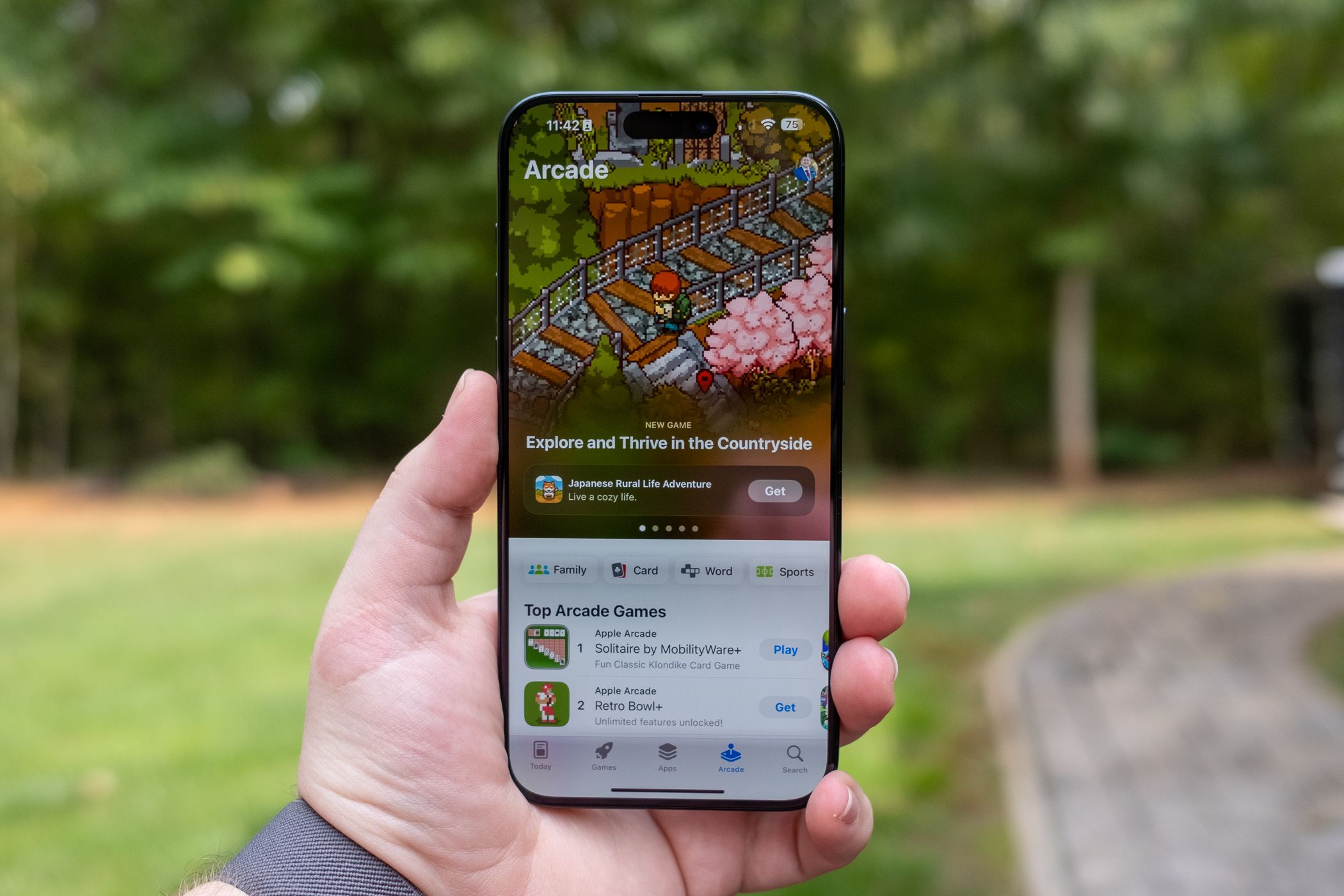
Related
Is Apple Arcade Worth It? 5 Reasons to Give it Another Shot
Now’s a great time to jump back into Apple Arcade if your subscription has lapsed.
4
Photos and Videos
If you’re not yet all-in on the iCloud bandwagon, your personal media is probably occupying way too much of your device’s storage. This can be a real drag since at some point you’ll likely find yourself faced with the task of deleting things that you want to keep in order to store more photos and videos.
iCloud Photo Library is the answer, as long as you’re willing to pay. You can switch the feature on under Settings > Your Name > iCloud then enable “iCloud Photos” under the “Saved to iCloud” section. Use the “Sync this iPhone” toggle to turn the feature on, and make sure “Optimize iPhone Storage” is enabled.
With the feature enabled, your iPhone will sync your Photos library to the cloud and manage free space for you. Local copies will be removed to save space and downloaded from the cloud when you want to access them. As long as you have a decent internet connection, the feature works well.
If you’re not into cloud storage, the alternative is to leave iCloud Photo Library off and sync your iPhone with your Mac or Windows PC by plugging it in and transferring your files. You can then delete things from your iPhone. One easy solution is to just focus on larger items, so filter your library by videos and delete the longer items.
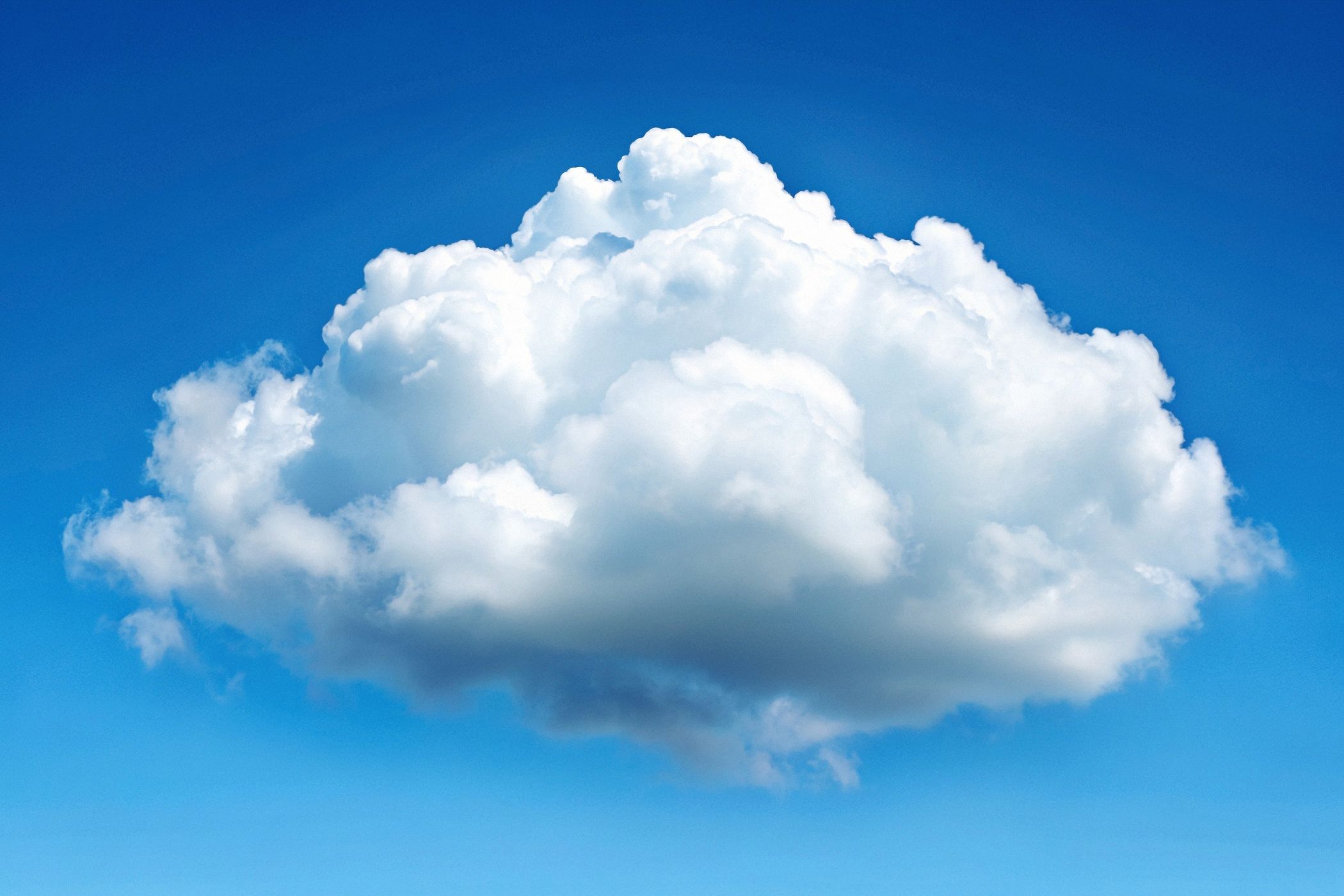
Related
I’ve Paid for iCloud Storage for Years, Here’s Why I Don’t Regret It
Forget Netflix and Game Pass, this is my most valuable subscription.
If you use your iPhone to listen to podcasts, play music from services like Apple Music and Spotify, or save shows for later viewing using streaming services like Netflix and Apple TV+, offline media may be taking up unnecessary storage space.
Apple’s Podcasts app can be particularly wayward in this regard. Once you tell it to keep new episodes of particular shows for you to listen to, it will slowly fill up on shows even if you aren’t listening to them. You can set this behavior under Settings > Apps > Podcasts using the “Automatically Download” menu.
You can see a breakdown of Apple Podcasts and Apple Music usage under Settings > General > iPhone Storage (each will appear as Podcasts and Music). For third-party apps, the total will appear alongside the app size in the iPhone Storage app list.
You’ll need to check these apps individually to remove files. For Apple Podcasts and Apple Music that’s Library > Downloaded. Netflix has My Netflix > Downloads. Hunt around within your apps to find these downloads, then remove them (often with a long press or a left swipe).
You can also try deleting the apps altogether (not offloading them). This should nuke the app files and any data you have downloaded.
2
Temporary Files
Some apps swell way beyond their initial installation size as a result of temporary data. Social media apps like Instagram and TikTok are especially bad for this, likely because they handle a lot of video data. I virtually never open Instagram and it was using almost double the app install size for temporary file storage when I checked.
The only way to purge this data is to delete the apps and download them again. Keep in mind that you’ll need to log in again. The easiest way to do this is to check out which apps are occupying most data under Settings > General > iPhone Storage. Don’t offload the app, delete it completely. You can then download it again from the App Store and you’re good to go.
The bad news is that the store of temporary files will begin to grow almost immediately. This might be another good reason to ween yourself off social media and stop doomscrolling on your iPhone for good.
You can purge Safari’s cache under Settings > Apps > Safari using the “Clear History and Website Data” option. Other browsers like Chrome and Safari offer this option within the app itself. Remember that offline data isn’t necessarily a bad thing and can help speed up browsing and save on mobile data if you frequent certain websites on a cellular connection.
1
Pending Updates
iOS updates are bigger than ever, particularly large upgrades from one major version of iOS to another. If you have automatic downloads enabled for pending updates, and you’re bad at actually updating your device, you could be wasting 10GB or more.
Head to Settings > General > Software Update and hit “Update Now” on any pending updates to complete the installation. Once the update has been applied, the download will be deleted and you’ll get the free space back. You can change this setting using the “Automatic Updates” menu.
It’s best to just leave automatic updates on altogether, especially if you’re using iCloud backup to keep your iPhone data safe in the cloud.
If you’re already paying a monthly fee for iCloud storage and you have plenty left over, you can offload much of your personal data to the cloud. Storing your Messages and personal media in the cloud makes them easily available on other devices like a Mac or iPad. It all comes down to what you want to pay.
You’ll pay an extra $100 to double an iPhone’s capacity to 256GB, or around $35 per year for 200GB of iCloud storage. While the iPhone might make more sense in terms of an outright purchase, iCloud storage can be useful for other devices too.
A better solution would be for Apple to increase the base storage to 256GB on all iPhone models.
-
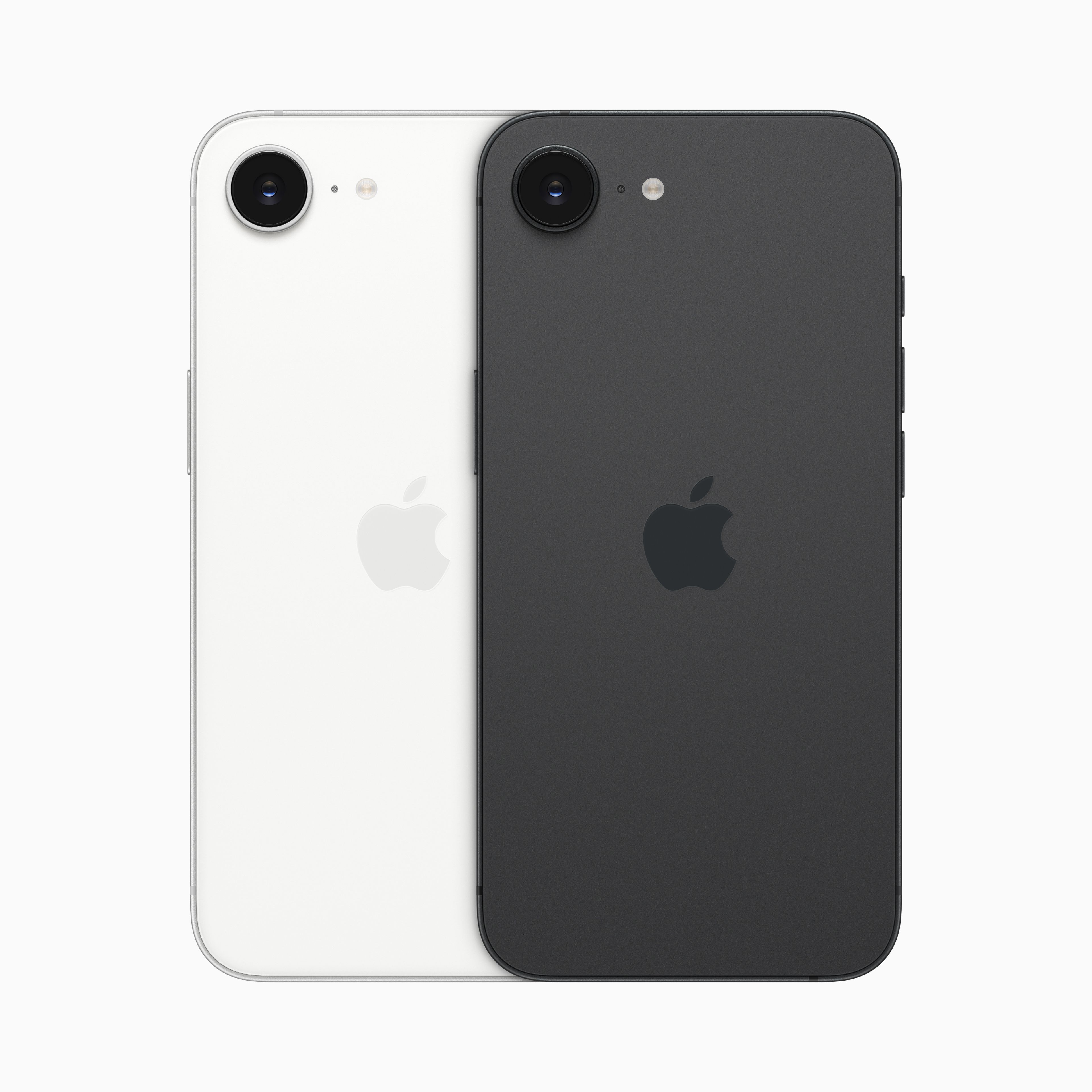
iPhone 16e
The iPhone16e is an affordable addition to the iPhone 16 line, costing $200 less than the base iPhone 16.
-

Apple iPhone 16
Apple’s newest iPhone featuring a camera button, programmable action button, and artificial intelligence features.
-
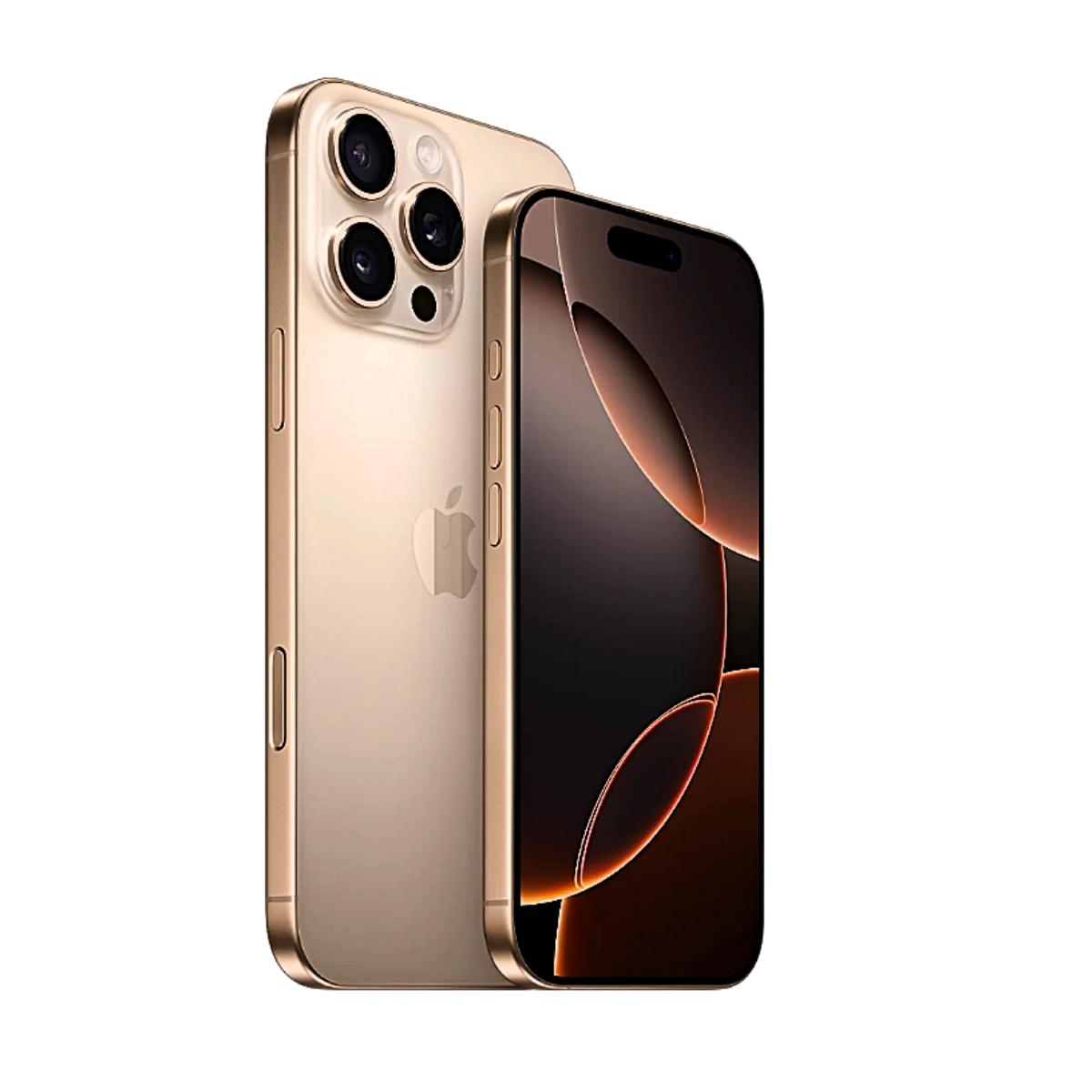
Apple iPhone 16 Pro
A version of Apple’s newest iPhone with a larger screen featuring a camera button, a programmable action button, and artificial intelligence features.


